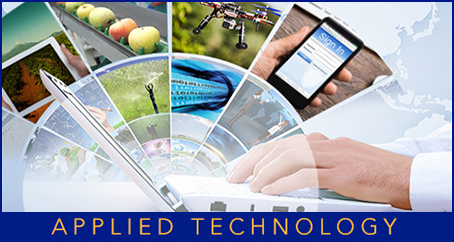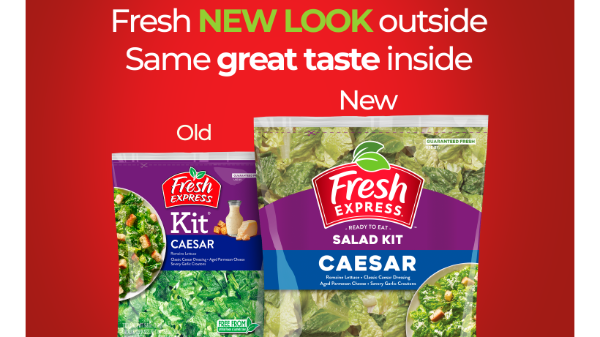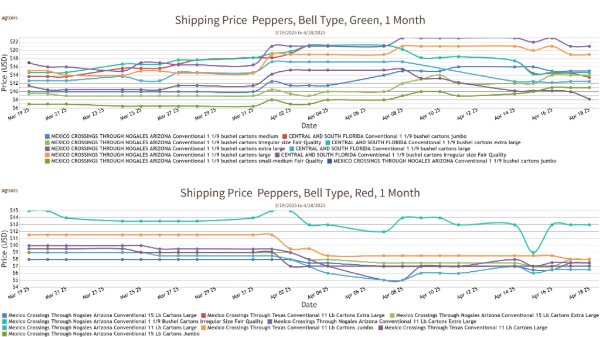Welcome to Blue Book!
Are you ready to join the thousands of companies who rely on Blue Book to drive smarter decisions? View our plans and get started today!
Still have questions? We’d love to show you what Blue Book can do for you. Drop us a line– we’ve been waiting for you.

Measuring ROI
Retail appeal is an increasingly important consideration for new packaging. Jeff Watkin, graphics and marketing manager at Sev-Rend in Collinsville, IL, says the company is introducing a new standup potato pouch with technology to prevent potato greening. “Our Clear-View standup resealable pouch includes a light-blocking barrier,” he explains, which helps reduce spoilage at both retail and in the home.
Of prime importance, of course, is for new packaging to fit into a supplier’s existing machinery or equipment lines. “We’re very sensitive to how new technology can be adapted, so it’s machine-insertable,” points out Bunzl Agriculture’s Kelly.
Sev-Rend’s general manager, Greg Petermeyer, agrees. “You don’t want to save a penny on your packaging costs, then spend an extra dollar in labor due to production slowdowns.”
Packaging manufacturers are also cognizant of shipping efficiencies. “We’ve helped develop new pallet configurations for netted products,” says Petermeyer, for “more product shipped in the same space. And,” he adds, “we’re helping customers reduce packaging basis weights, which can also improve cost and sustainability.”
The Future
Not too far down the road is intelligent packaging—a new level of sophistication capable of interacting with both product and environment—and communicating with humans. “An intelligent package can monitor the quality or safety of produce and provide an early warning to the processor or consumer,” explains Yam, who sees this as a key breakthrough for food safety.
Toward this end, there will need to be further strides into how data is collected and combined with traceability initiatives, as well as a decision support system. Nathan Dorn, CEO of Food Origins, believes using data collection hardware and big data analytics will help pinpoint contamination points from the field to retail shelves. The Salinas Valley tech startup is one of many firms working to better integrate field-level agricultural data for use throughout the supply chain and by consumers.
Yam believes the next iteration of packaging will arrive soon. “It will not happen overnight,” he stresses, “but the technology is here, or soon available, that could enable these kinds of packaging decisions with food safety implications.”
So let’s imagine once again: the packaging of the future is selected not only by type of material (recyclable, permeable, by weight, etc.) but paired with active technology to address the freshness and food safety concerns of its commodity (which has been tracked and monitored during its entire lifecycle)—while still providing socioeconomic and environmental benefits. Now that’s the whole package.
Images: A_KUDR, TeddyandMia, Icon Craft Studio, Anton V. Tokarev & 3RUS/Shutterstock.com








